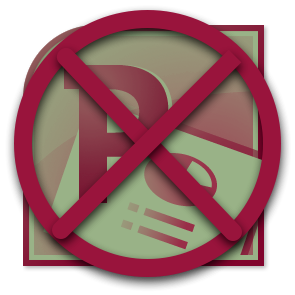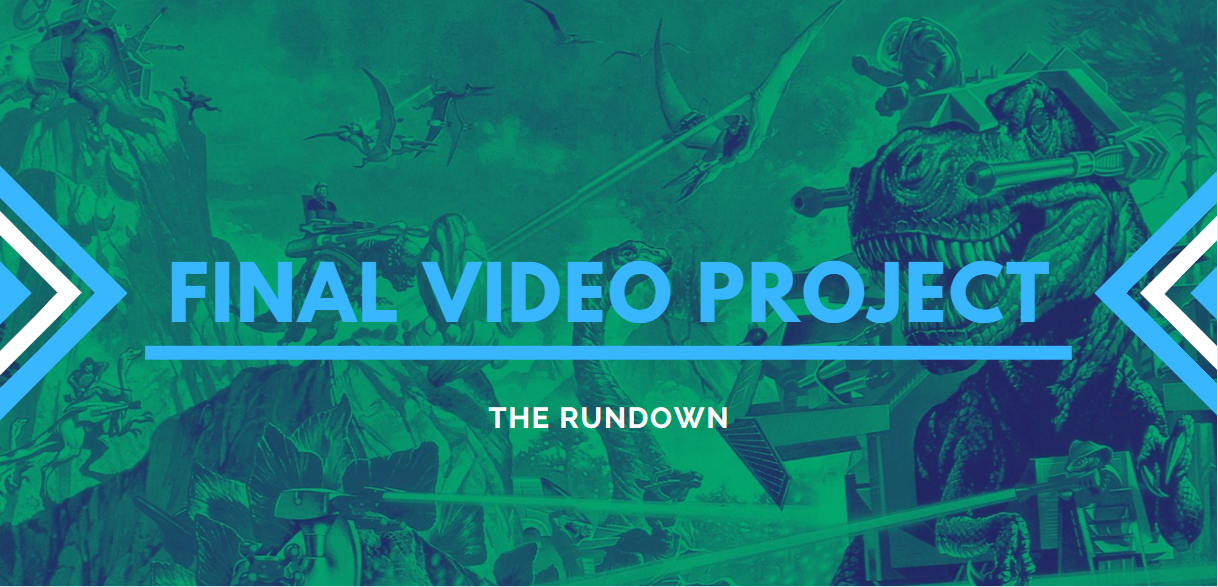|
Every person must leave their mark within record human history. This will be your humble opportunity to do so. The final project is set up to create an extensive database that will encapsulate all American history and left to assist others on their historical journeys of discovery. Making classroom movies has gotten much easier now that cell phones, tablets, and other devices feature video capabilities that are high quality and simple to use.
Here are the Basics:
Thesis Assignment:
This short video should help you figure out how to create your thesis statement.
Still need help picking out a thesis? Maybe Billy Joel will help!
NOTE: Make sure you keep a copy of your approved thesis statement, seems students forget them halfway through the class! Learn more about the final thesis statement below: 
Keep these things in mind:
NO POWERPOINTS* This is a video project NOT a PowerPoint project. Please record a video for credit! You will spend your whole life inundated with slides your whole life, this project allows us to break free and learn in another setting. I will not accept a final in the .pptx format. *You may utilize a PowerPoint within the actual video project if you deem it approximately.
Using video could be as simple as recording a student oral presentation for future review or as elaborate as producing an original short film. Depending on the project's complexity, consider these suggested steps for ensuring that you create thoughtful final products that demonstrate your knowledge and not lacking in substance.
PRIMARY VS SECONDARY SOURCES When you do research, you have to gather information and evidence from a variety of sources. Primary sources provide basic information and first-hand evidence. Examples include interview transcripts, statistical data, and works of art. A primary source gives you direct access to the subject of your research. Secondary sources provide second-hand information and commentary from other researchers. Examples include journal articles, reviews, and academic books. A secondary source describes, interprets, or synthesizes primary sources. Primary sources are more credible as evidence, but good research uses both primary and secondary sources. Learn all about the difference between primary and secondary sources HERE Here is a short video that gives a rundown of how to make a video:
This video also is good to explaining how to make a video from an academic standpoint:
Outline: You should start by outlining what you have to say, what you intend to show, and your main points.
Script: Whether you will perform in your video, use a voiceover, or write captions, you should know what you will say before you begin. Here are a few examples you can take a look at!
Storyboard: Students often have higher expectations than they can deliver. Using a storyboard before filming makes you plan each step of the process and encourages you to gather resources in advance.
Here is an example you can take a look at!
Filming: The key to a good video project is the actual raw footage. We will be using some class time together to work on these projects. However, you will need to meet outside of class for most of this assignment.
Editing: Tools such as Microsoft MovieMaker, Apple iMovie, and Pixorial easily allow students to add soundtracks, voiceovers, special effects, captions, and titles. Consider using something like this with your assignment.
Publishing: Online video sharing sites (YouTube & Vimeo) and class websites provide you with an even broader audience. Before publishing a student video, make sure that copyright infringement has not occurred.
VIDEO PROJECT RUBRIC
Proficient (100%)
All elements from other sources are correctly documented. Subject knowledge is obvious throughout the video. Video includes a strong statement of purpose. The introduction is moving, and hooks the viewer from the start. The text and audio have no grammar or spelling errors. Video is edited. Competent (85%) Most of the elements taken from other sources are documented; however, some may be inaccurate or missing. Subject knowledge is apparent in much of the video. Data is linked to a theme. The introduction is clear and induces reasonable response from the viewer. The text and audio have 1-2 grammar or spelling errors. Video is edited. Novice (75%) There is no documentation. Subject knowledge is not apparent. The video lacks a central theme, clear point of view, and logical order to the information. The introduction does not position the viewer to what will follow. The text and audio have 4 or more grammar or spelling errors. Video is of poor quality and is unedited. Unsatisfactory (65%) Little effort has been spent on brainstorming and refining a concept. There is no indication of a storyboard or script. Content lacks a central theme, clear point of view and logical sequence of data. There was no movie, or tape was totally unedited with no transitions or audio support of any kind. TOPIC WAS NOT APPROVED.
Examples:
Wanting to learn more? Check out these links for other portions of the class:
0 Comments
Leave a Reply. |
AuthorRyan Lancaster wears many hats. Dive into his website to learn about history, sports, and more! Archives
April 2024
Categories |


 RSS Feed
RSS Feed